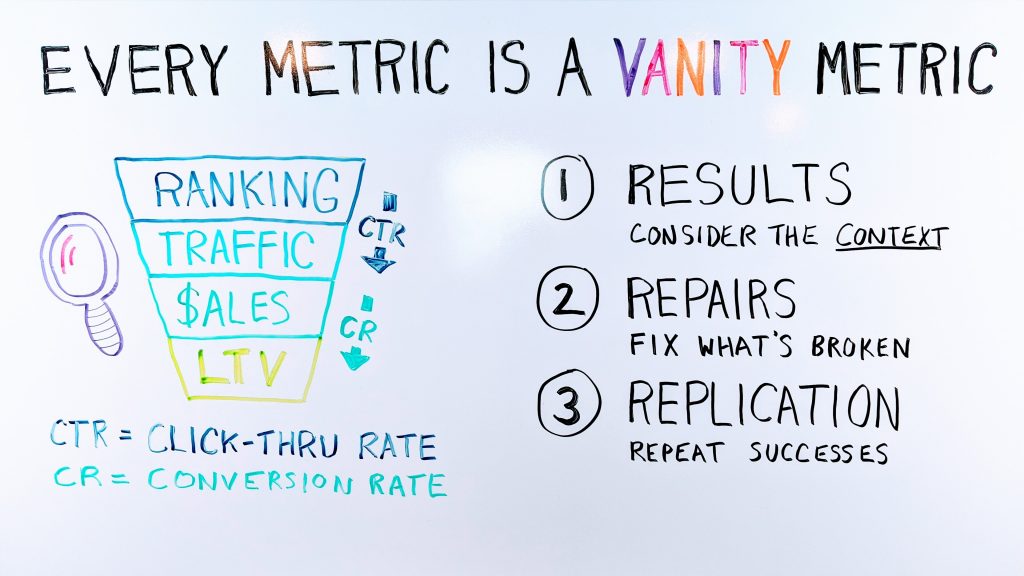Stop Measuring These Vanity Metrics in Your Marketing Campaign

In 2021, I was put in charge of a literary blog’s marketing campaign. The blog was racking up page views, yet none of those visits were turning into product sales. It felt frustrating watching the numbers climb without any real impact.
After about three months, I realized that I was chasing a vanity metric (page views) that looked impressive but ultimately did nothing to move the needle. So, I shifted my attention to more meaningful metrics like engagement rate, click-throughs on calls-to-action, and conversion rates from visitors to subscribers/buyers.
This required me to tweak the content strategy quite a bit, but soon, the results began to speak for themselves. In this article, I’ll be covering what a vanity metric is, how to identify them, some examples of vanity metrics (and their alternative actionable metrics).
Table of Contents
I learned about vanity metrics the hard way with the literary blog. It was annoying to realize that chasing these shiny numbers meant that my marketing efforts were going down the drain and we were losing money. But the moment I focused on actionable metrics (and key performance indicators (KPIs)) instead, those sales slowly, but steadily, started pouring in.
Beware of vanity metrics. Instead of getting caught up in the low-hanging fruit, ask yourself: “What does this graph mean? Should I continue doing something, increase the time or money I spend on a certain channel, or even stop doing something altogether?”
Vanity Metrics vs. Actionable Metrics
As I said before, vanity metrics refer to data points that may look impressive at first glance but do not provide meaningful insights into a business’s actual performance.
Actionable metrics are the opposite–these metrics directly tie into business objectives and offer insights that drive strategy and decision-making.
Here’s a table that shows the key differences between vanity metrics and actionable metrics
|
Vanity metrics |
Actionable metrics |
|
|
Examples |
Examples of vanity metrics include page views, social media followers, and email open rate. |
Examples of actionable metrics include conversion rates, click-through rates, and customer retention figures. |
|
Relationship to goals |
They do not directly correlate with business outcomes and may not indicate progress toward goals. |
They are closely tied to specific business objectives and measure progress towards achieving them. |










